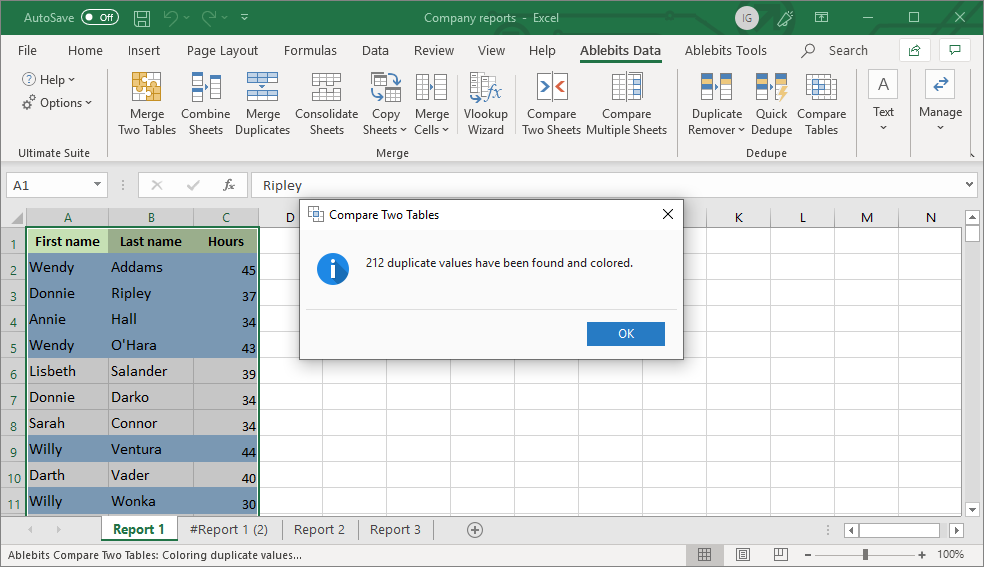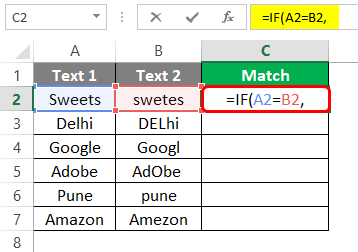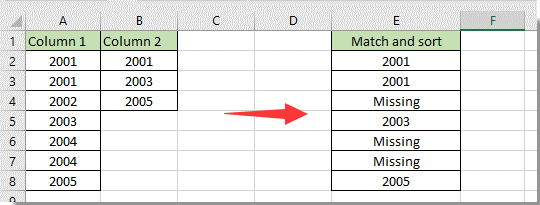

To learn about other formulas that return ranges, check out this post. OFFSET / MATCH =OFFSET('Linked Picture'!$A$1,MATCH('Linked Picture'!$D$2, XLOOKUP (new function available in Excel 365) =XLOOKUP('Linked Picture'!$D$2,'Linked Picture'!$A$2:$A$11,įind out more about the XLOOKUP function in this article: XLOOKUP function () But any formula which returns a range will work inside the named range. INDEX/MATCH is a formula combination, which can achieve some amazing things picture formulas are just one of those amazing things.

For completeness, change cell D2 into a data validation drop-down list containing all the countries.

Create a dynamic named range using the INDEX MATCH formula combination.If you’re working along with the example file, we’ll begin with the Linked Picture tab.Īs an overview, this method works as follows: Conclusion Change image with a named range + INDEX/MATCH + linked picture.Advantages & disadvantages of each option.Change image with a VBA User-Defined Function.Add the chart fill automatically with a macro.Using a named range as the source for a linked picture.Create a dynamic named range with INDEX MATCH.Change image with a named range + INDEX/MATCH + linked picture.
#COMPARE 2 COLUMNS IN EXCEL FOR MATCHES AND DIFFERENCES MAC CODE#
The following is the code to highlight the unique items in List 2 which are not in list 1. If we wanted to do the opposite then a few things need to change in the coding.

For comparison purposes the two lists no matter the length are evaluated in lightning speed and the differences are output super fast. In a way the dictionary is being used as an intermediary between the array (ar) and the array (var) to arbitrate what is not already in the dictionary. In this way the results of the dictionary are not output, just the items not in the dictionary. The code checks the entire dictionary without a loop, so if it does not exist then the data is added to the second array (var). The above is a test to see if the item appears in the entire dictionary. It puts the unique data one by one into the dictionary for comparison purposes later on. Where the 2 above refers to the second column. The way the above works is that LIST 2 is put into the dictionary first, this happens here


 0 kommentar(er)
0 kommentar(er)
